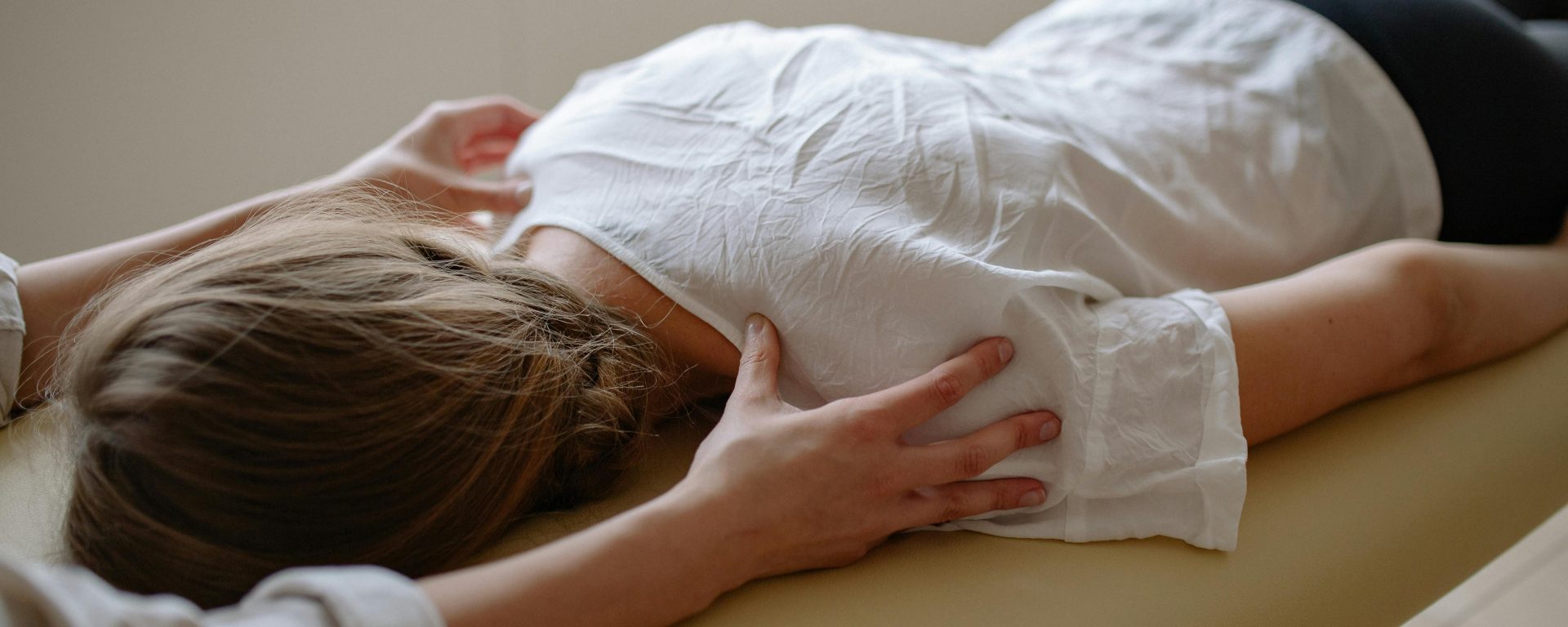Recent research sheds light on the significant impact of physiotherapy on patients suffering from myofascial pain syndrome (MPS) in the cervical region. In 2012, the study led by Başak Acar and Oznur Tunca Yılmaz, explored how electrotherapy and exercise influence pain intensity and connective tissue mobility in these patients.
The study involved 60 patients, randomly assigned to one of three groups. The first group received a combination of hotpack therapy, ultrasound treatment, and exercise training. The second group participated solely in exercise training, while the control group was prescribed a two-week rest period.
Researchers assessed the participants’ demographic characteristics, autonomic symptoms, and other MPS-associated symptoms. Pain intensity and quality were evaluated using the Short-Form McGill Pain Questionnaire, and connective tissue mobility was measured via a skin-roll test.
The results revealed a significant reduction in pain intensity and an improvement in connective tissue mobility among the patients who received combined treatment. The treatment and exercise groups showed a notable decrease in connective tissue tension after the intervention. Sensory pain, total pain, and Visual Analog Scale measurements all demonstrated statistically significant improvements in the treatment group compared to the control group.
The findings suggest that a multidisciplinary approach, incorporating both electrotherapy and exercise, offers superior benefits for reducing pain and enhancing connective tissue mobility in patients with cervical MPS. This combined treatment approach could lead to more effective management of myofascial pain, offering relief and improved quality of life for patients.
As the study concludes, the integration of various physiotherapy techniques proves to be more beneficial than rest or exercise alone, highlighting the importance of comprehensive treatment plans for myofascial pain syndrome.
Reference: Acar, B., & Yılmaz, Ö. T. (2012). Effects of different physiotherapy applications on pain and mobility of connective tissue in patients with myofascial pain syndrome. Journal of Back and Musculoskeletal rehabilitation, 25(4), 261-267.
